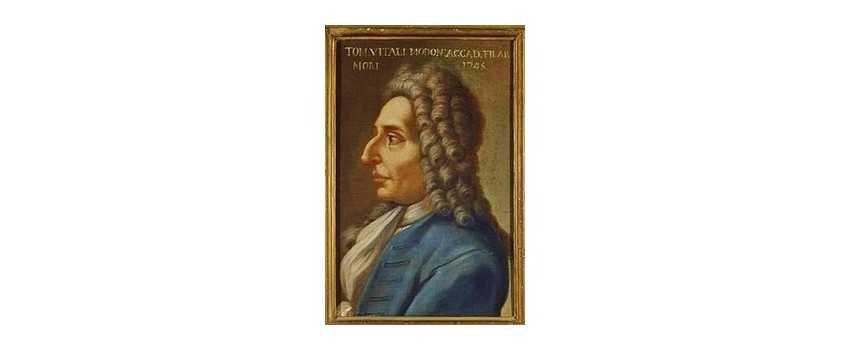Vitali, Tomaso Antonio
Tomaso Vitali, the son of a well-known cellist and poet, had a long and illustrious career. He joined the Este family's court orchestra in Modena as a violinist when he was 12 years old, rose through the ranks to become the orchestra's leader, and stayed on the ducal payroll for 67 years. He trained a selection of the next generation's leading violinists and recorded four volumes of chamber music featuring the violin. All of this would seem to qualify him for the incredibly virtuosic Chaconne (or Ciacona) that is his main claim to fame. However, there is much academic debate as to whether he really wrote the dissertation. It was discovered in a Dresden manuscript by 19th-century violinist Ferdinand David, who published it in 1867 with a florid piano accompaniment and a quote from Mendelssohn's Violin Concerto (which David had premiered). A chaconne is a collection of continuous variations over a repeated bass line and/or harmonic progression, and several of Vitali's chaconnes go very far afield, unlike everything else in his published music. The Dresden manuscript, on the other hand, is clearly genuine, dated from the early 18th century and attributing the violin portion to a Tomaso Vitalino. (In the absence of a more probable candidate, it may very well be Vitali.) It's unclear if the inscription refers to an artist or a composer, or how the piece ended up in Dresden.) There seems to be a family precedent as well, as Vitali's father wrote a passacaglia with very identical harmonic adventures.

Choose Your Category

